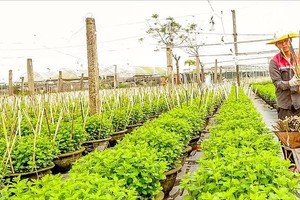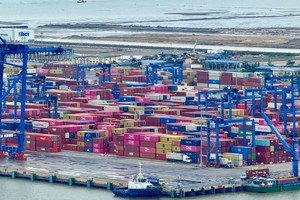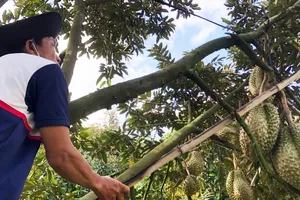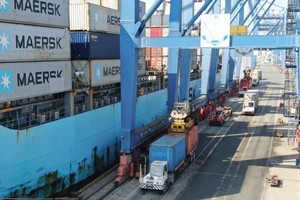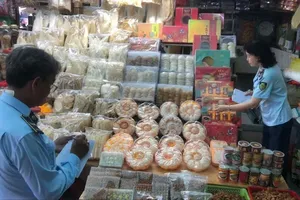In 2004, the export turnover of wooden products made a breakthrough by reaching US$1 billion for the first time, up 88 percent from 2003. This record paved the way for a Prime Minister’s Instruction containing several measures to develop timber processing and the export of furniture and other finished wood products.
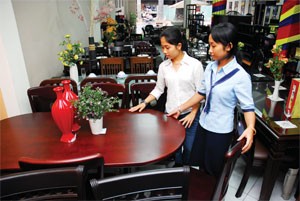
Nguyen Ton Quyen, chairman of the Vietnam Wooden and Forestry Products Association, says the country’s timber processing industry has seen a vigorous inflow of foreign investment in the three years since the PM’s Instruction came out.
There are now 410 projects of this kind, of which 300 began life with combined capital exceeding US$1 billion. Last year, foreign-invested firms were responsible for more than half of the wood export turnover (US$1.93 billion).
Binh Duong province, whose 369 timber processing firms include 194 that are foreign-invested, earned around 40 percent of the national figure.
After Viet Nam joined the World Trade Organization, foreign companies began taking a much greater interest in the country and Vietnamese firms started ramping up mass production.
Soon after the Kaizer Wood Industry Company set up shop in Binh Duong in 2003 with 2,800 workers, the Taiwanese firm was exporting 250 containers a month.
By May this year, when Kaizer completed phase three of its project, the company was employing 7,000 workers and exporting 1,000 containers a month, making it the largest timber processing factory in Viet Nam.
Vietnamese firms also expanded production and have since become established names like Khai Vy, Truong Thanh, Tien Dat, Dai Thanh and Tien Trien.
Processed timber exports increased from $1.1 billion in 2004 to $1.93 billion in 2006, putting Viet Nam into second place behind Malaysia and closing fast. Now they are Viet Nam’s fifth biggest export earner behind crude oil, textiles and clothing, footwear and seafood.
Several years ago, the then-Ministry of Trade came up with a plan to increase the industry’s export revenue to US$5.56 billion by 2010. In the first eight months of 2007, the export value reached US$1.5 billion, up 24% from the corresponding period of 2006.
These days Vietnamese wood products are found in 120 countries and territories, the biggest markets being the USA, EU and Japan.
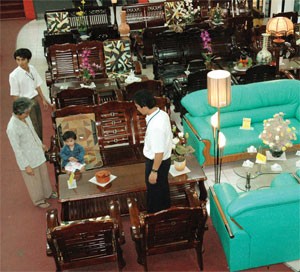
The Ministry of Industry and Trade thinks that sales to the USA may reach US$1.26 billion this year, accounting for half of the national export figure for the processed wood industry.
The general director of Truong Thanh Wood Company says Viet Nam is improving its competitiveness in the region. In the past, the country mainly exported outdoor furniture; nowadays its indoor furniture is also competitive.
A major worry for the timber processors is the scarcity of materials. For every US$2 earned from export, a company must pay US$1 for imported timber, according to the Industry and Trade Ministry’s reckoning. At the moment, 80-90 percent of the raw timber for processing comes from abroad.
In the first eight months of 2007, Viet Nam spent US$700 million on imported timber, nearly half of the US$1.5 billion earned from wood export.
An official from the Ministry of Agriculture and Rural Development says Viet Nam has only 720,000 hectares of suitable forest to supply furniture makers and such, and most of that is of inferior quality.
The ministry has drawn up a plan to plant 825,000 hectares of prime timber by the year 2020. “If we choose suitable trees and the cultivation area is fully invested by these companies, by 2020 Viet Nam will be able to meet the domestic industry’s entire needs,” the official said.

